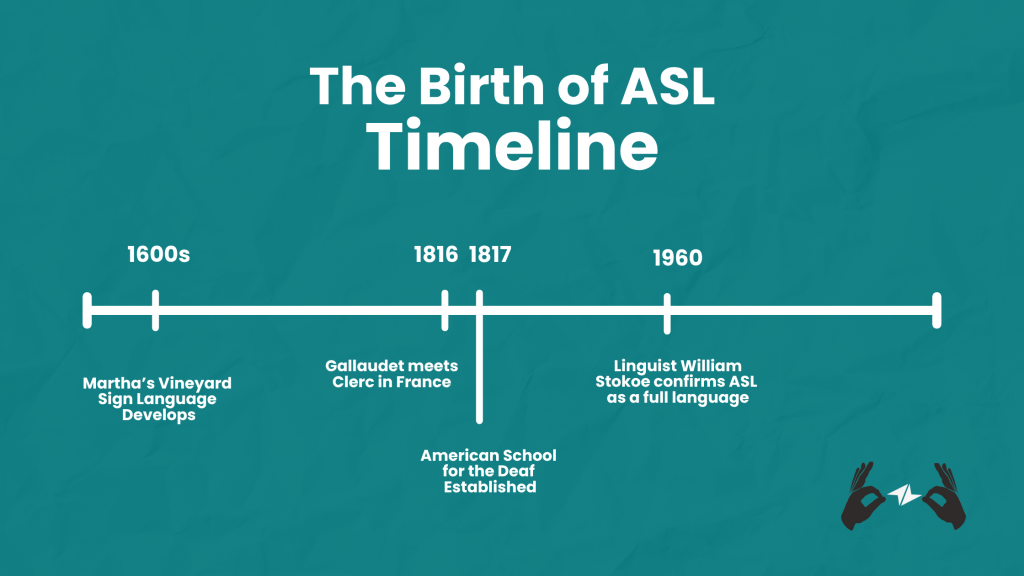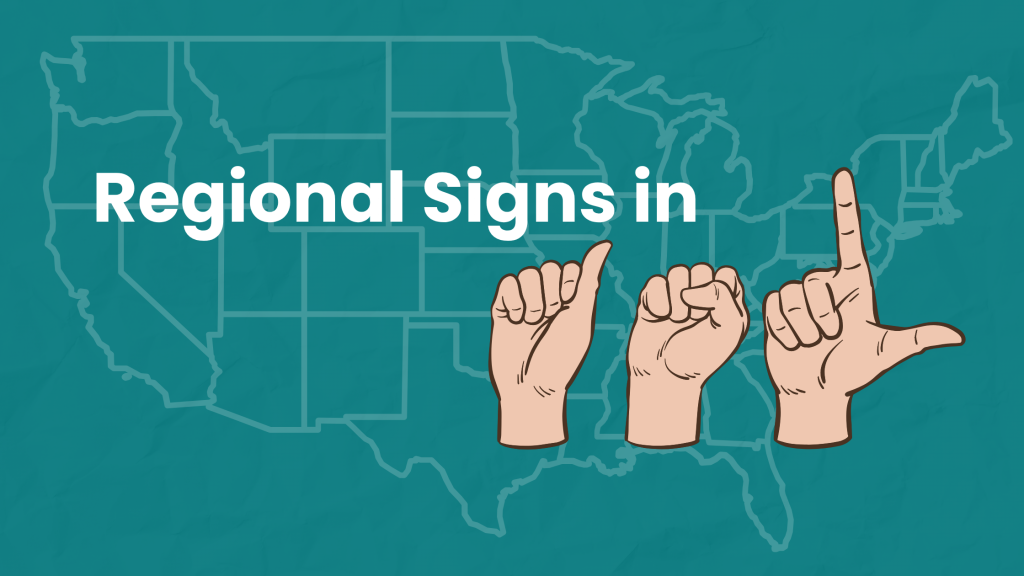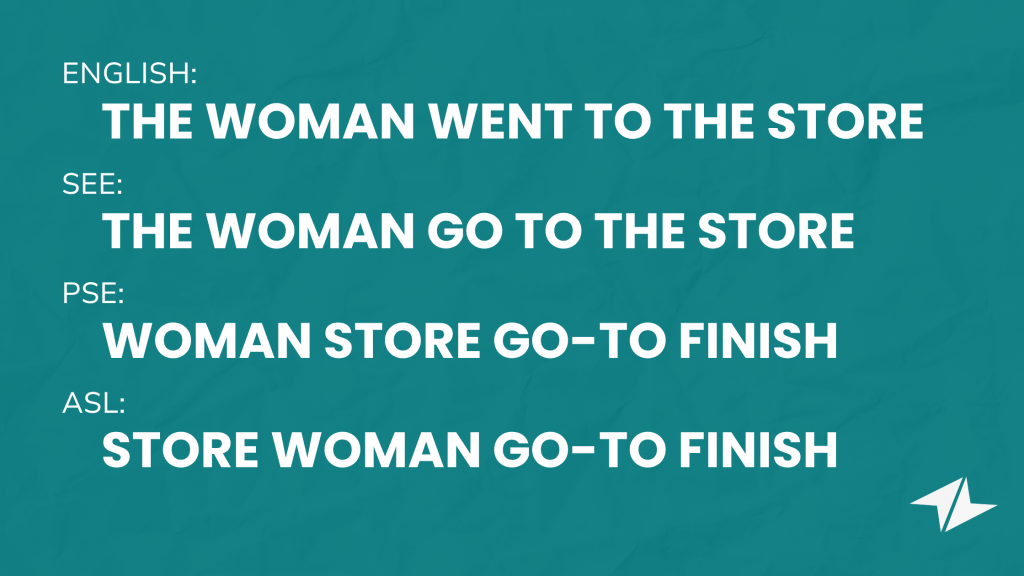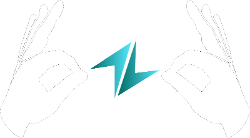Imagine stepping off a ship in 1816. The salty air of the Atlantic swirling around you, as a young American minister named Thomas Hopkins Gallaudet meets Laurent Clerc, a Deaf educator from France. Neither knows it yet, but their collaboration will spark the birth of American Sign Language (ASL), a language that will connect generations of Deaf individuals across the United States and shape Deaf culture forever.
Today, ASL is more than a means of communication. It’s a vibrant, expressive language with its own grammar, poetry, and cultural identity. But how did it come to be? Let’s travel back to the very beginning.

Early Origins of ASL
The story of ASL begins long before it had a name.
In the early 1800s, Deaf children across America used home signs which are small, improvised gestures developed within families. Meanwhile, communities like Martha’s Vineyard, where hereditary deafness was common, used a local signing system known as Martha’s Vineyard Sign Language (MVSL).
When Gallaudet traveled to Europe to learn about Deaf education, he met Laurent Clerc, a Deaf teacher from France’s famous Institut National des Jeunes Sourds de Paris. Clerc agreed to return with Gallaudet to America, bringing with him Old French Sign Language (LSF). Together, they founded the American School for the Deaf in Hartford, Connecticut, in 1817 which was the first permanent school for Deaf students in the United States.
Within this school, LSF mixed with MVSL and local home signs, forming the foundation of what we now call American Sign Language, a natural, living language that grew out of community and necessity.

The Role of Deaf Schools in ASL’s Growth
Deaf schools became the heartbeat of ASL’s expansion. As students graduated and became teachers themselves, they carried their signs to new regions which spread ASL throughout the country. Over time, regional differences developed, giving us the regional sign variations we see today. For example, a sign for “birthday” in California might differ slightly from one in New York.
In the late 1800s, however, a movement called Oralism sought to replace sign language with speech training. Despite this, Deaf students continued to preserve ASL within their communities, ensuring it survived for future generations.

ASL in Modern Culture and Media
By the mid-20th century, ASL began gaining recognition in academic and public spaces. William Stokoe, a hearing linguist at Gallaudet University, published research proving ASL has its own phonology, morphology, and syntax just like spoken languages.

ASL’s visibility surged through film, television, and social media. From Children of a Lesser God to CODA, Deaf actors and creators have reshaped how the world views sign language. Meanwhile, Deaf influencers on TikTok and Instagram now introduce millions to ASL every day.
A key part of this modern story is Black American Sign Language (BASL), a rich linguistic variety that developed during segregation when Black Deaf students attended separate schools. BASL preserves older ASL forms, distinctive facial grammar, and unique rhythm. Its influence reminds us that ASL’s story is intertwined with America’s social history.
ASL as a Linguistic Treasure
ASL isn’t “English on the hands.” It’s a language in its own right, complete with complex grammar, visual metaphors, and even regional dialects. Research from Gallaudet University has shown that ASL activates the same parts of the brain as spoken languages proving that the human capacity for language extends far beyond sound.
Today, ASL is recognized as one of the most studied world languages in U.S. universities. Classes, community workshops, and online platforms like Sign Language Blitz make it easier than ever to learn and connect with the Deaf community.

Modern Education and Accessibility
ASL continues to thrive in Deaf schools, universities, and digital spaces. Organizations like the National Association of the Deaf (NAD) and Deaf History International advocate for accessibility, equity, and linguistic preservation.
ASL also shapes art, storytelling, and identity. It appears in poetry, theater, and even virtual reality experiences designed by Deaf creators.
For ASL learners, studying the language means joining a centuries-old cultural movement rooted in pride, connection, and visual brilliance.
From the classrooms of Hartford to the big screen, ASL has evolved into a symbol of resilience and unity. Each sign tells a story of community, of people who refused to be silenced.
Ready to learn your part of that story?
Start your ASL journey with Sign Language Blitz and become part of the living history of American Sign Language.
Frequently Asked Questions
Who invented ASL?
No single person invented ASL. It developed naturally through a mix of French Sign Language (LSF), Martha’s Vineyard Sign Language, and home signs after the founding of the American School for the Deaf in 1817.
Is ASL the same everywhere?
No, just like spoken languages, ASL has regional dialects and variations. Signs can differ slightly between states or communities.
How is ASL different from English?
ASL has its own grammar and sentence structure. For example, instead of “I am going to the store,” ASL might sign “STORE I GO” which emphasizes visual clarity over word order.
What is BASL?
Black American Sign Language (BASL) is a distinct variety of ASL with unique signs, rhythm, and expressions that reflect the Black Deaf experience.
Why should hearing people learn ASL?
Learning ASL builds bridges between communities, promotes inclusion, and opens doors to a rich cultural world of visual expression.



